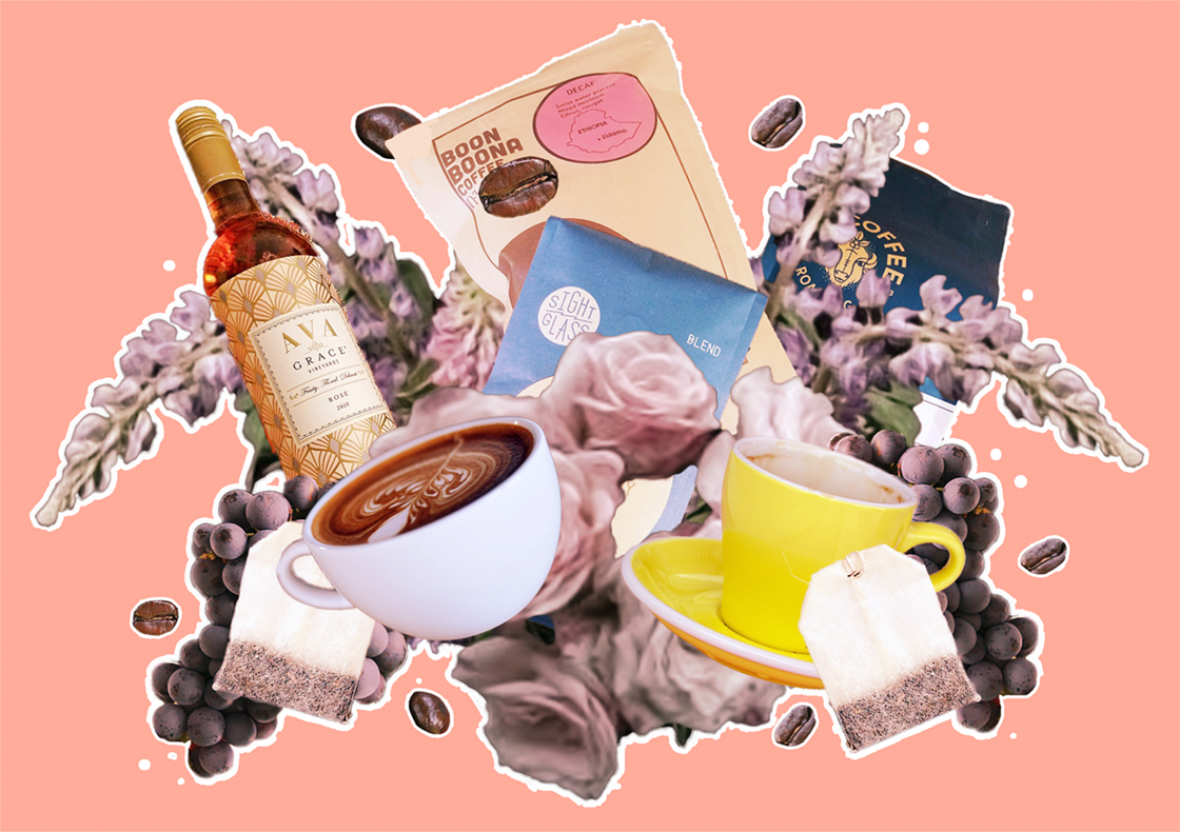I’ve been wanting to try Ethiopian coffee for a while. I mean, it’s the birthplace of coffee and all that.
Every time I search for a decaf coffee bag I take my time reading about every little detail. The goals of the roasters bringing this bag to my shelf. The benefits for the farmers toiling away behind-the-scenes, often unseen as the backbone of the industry at large (aside from a few candid photographs). It’s a lot to think about before clicking that purchase button, but it’s important.
Boon Boona Coffee ticks off several of those high points for me: it’s a local roaster, a black-owned business and an Ethiopian origin all in one.
Let’s take a look at Boon Boona Coffee‘s single origin decaf variety and how it stacks up against all the coffee reviewed so far. If you’ve missed out on my previous posts, check out my recent review of Onyx Coffee Lab’s Decaf Colombia Huila or Sightglass Coffee’s Hunky Dory.
It’s time to dip into the world of classic Ethiopian coffee:

Embarrassing story time: I tore the hell out of this bag by accident.
I’ve gotten into the groove of waiting until after I’ve taken some review photos to open my specialty coffee bags, but I was just so excited I had to give the beans a sniff first. Cue me forgetting that the paper is on the thinner side and ripping it. Lesson learned!
Origin
This Ethiopian coffee comes from the Sidamo region, crafted from the Heirloom coffee variety and using the Swiss Water decaffenation method.
Fun fact! ‘Bunna’ means ‘coffee’ in Amharic (sometimes spelled ‘buna’) and is the language widely spoken in Ethiopia alongside Oromo and Somali. Amharic is one of the languages on my to-learn list, in fact…
Roaster
Boon Boona Coffee is based in Seattle, though their shops can also be found in Renton. They stress building one-on-one relationships with African farmers to create better products at better prices.
They take heavy inspiration from the traditional Ethiopian coffee ceremony, distinguished by roasting, grinding and pouring at home in several steps. It’s a fascinating ceremony and one you can learn more about by checking out CulturallyOurs’ brief breakdown.
Packaging
I am very fond of this packaging design. It maintains a tightrope between illustrative and minimalist, invoking an air of thoughtfulness at first glance and inviting you to get a little pensive yourself.
The thoughtful portrait gazing up into the corner is unlike so many coffee bags I’ve seen. That the inkwork blends into the border gives it an almost bookish feel, as if I’m about to turn the chapter on this character’s life. The soft brown and black color scheme makes the rosy sticker pop, directing your eye without being distracting. All in all, it’s lovely. The entire coffee line-up boasts this illustration and for good reason: it’s not one you’ll soon forget.
It also really reminds me of the cover of Persepolis by Marjane Satrapi.
Aroma
I got a delightful nuttiness from this bag. A subtle scent, but the first I’ve really gotten since I’ve started the series. That smell, interestingly enough, fades a little once you grind it, retreating into the classic coffee scent we all know and love. All the while I’m hoping to get that flavor in the coffee itself…
Brew Methods
We’ve got a French Press, pourover and Moka pot to work with this time. I broke my own record by starting off with an espresso blend, then transitioning to the other two.
The mouthfeel of the Moka pot and the French Press is smooth and ever so slightly oily. I could actually see little build-ups of oil in my brew, which I thought were loose bits until I peered closer. That’s what I call a fresh roast.
Roast Profile
I couldn’t find the roast profile on this one. It does taste lighter, perhaps a medium-light.
Flavor Notes
This is a good single origin decaf coffee! Talk about a strong first impression.
The Moka Pot was tart and tasty, with a very subtle nougat that kept it from leaning toward sour. It’s another coffee that would be great on its own, thus converting me to the drip fan I swore I’d never be. It almost reminds me of tea in just how soft the flavor is. I wouldn’t say it’s as mild as Sightglass Coffee’s Hunky Dory, though.
The flavor gets just a touch nuttier with the pourover and the French Press, though not by much. All in all, I didn’t notice a huge difference in flavors, making this one a lot more consistent than Onyx Coffee Lab’s Decaf Colombia Huila.

Final Verdict
A great introduction to Ethiopian coffee. Boon Boona Coffee‘s decaf variety is flavorful and consistent while leaning on the milder side.
This is a coffee that translates well across all brewing methods. The nutty and nougat flavor is thorough across the board, with a smooth and slightly oily mouthfeel to top it off. The espresso is just a little more tart, making the citrus more of an afterthought. Fans of robust, bitter or complex coffee might not be too impressed by this, but if you want a decaf coffee that’s got a soothing flavor without being bland? This is the one.
Also, it just smells so damn nice. Like popping open a can of trail mix.
Boon Boona Coffee is a great addition to the list. Not a showstopper, no, but not everything has to be. It might just be a runner-up for my top favorites when I compile a single origin decaf coffee tier list later this year.
You can find Boon Boona Coffee at their website here.


